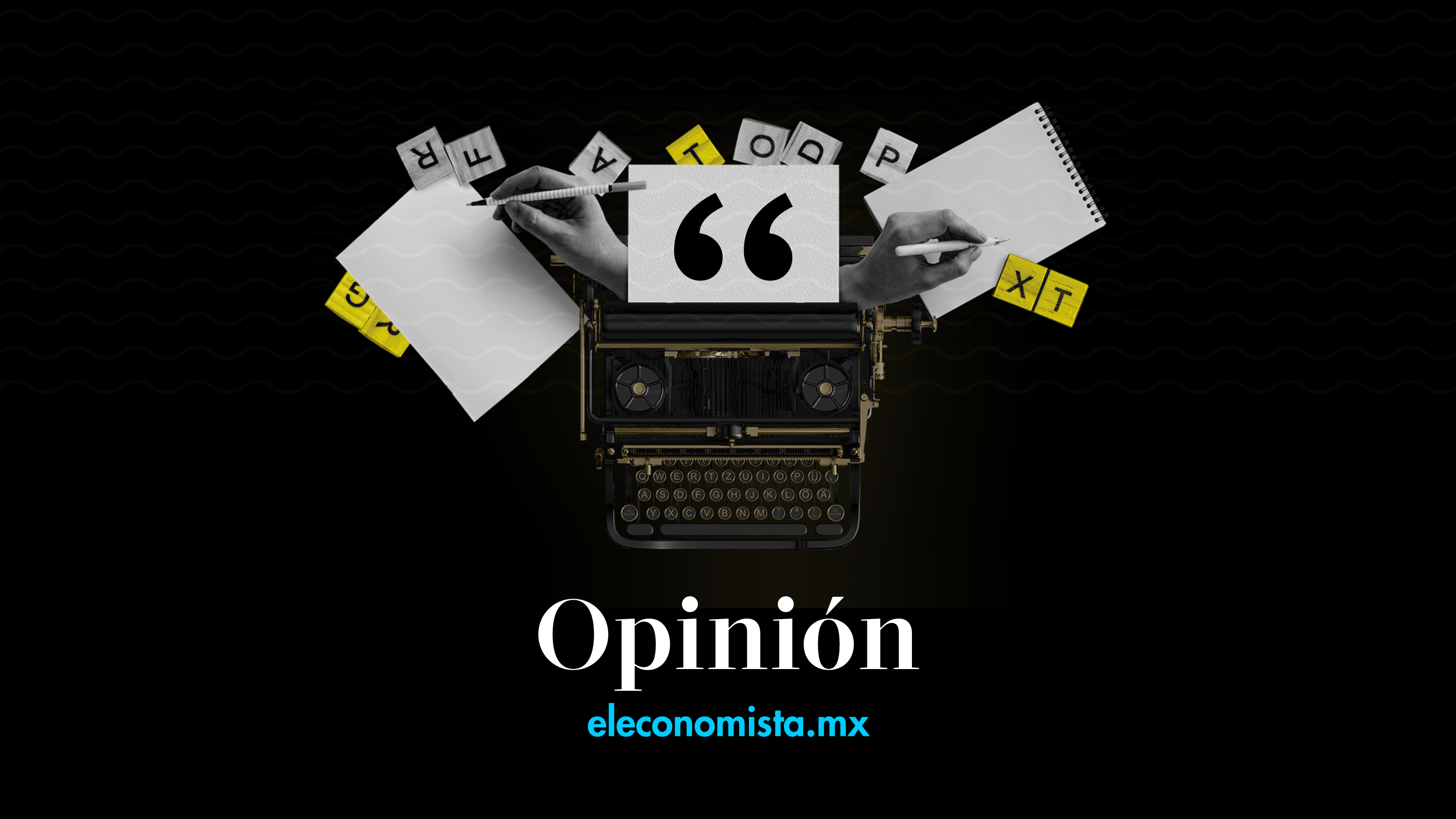In any country, the value of aggregate production depends on four factors: the services provided by the capital that the economy has, the services of the use of labor, the use of intermediate inputs (energy, raw materials, etc. .) and the productivity with which all these factors are used, which depends on the technology used in each production process. In algebraic terms, this can be expressed by the aggregate production function y = f (K, L, II), where “f” indicates how the productive factors (K, L, II) are combined, that is, technology.
Based on the above, there are three sources of economic growth: greater net investment in capital (gross fixed investment minus the physical depreciation of existing capital), a greater amount of labor adjusted for the human capital that it possesses (skills and knowledge ) and primarily, an increase in the productivity of production factors, which depends mainly on changes in the technology used in the different production processes, that is, technological modernization.
Inegi published last week, for the period 1991 – 2020, what has been, for each year, the contribution of each of these elements (capital services, labor services, use of intermediate inputs and total factor productivity ) to the growth of the value of production. The information disclosed to us allows us to see that the mediocre performance of the Mexican economy (the value of production only increased on average for this period by 2.21%) was determined both by a very low rate of capital investment and, above all, due to the stagnation of total factor productivity, which for the indicated period fell at an average annual rate of 0.45%. If we exclude from the calculation the three years of deep drop in production (1995, 2009 and 2020), total factor productivity only increased, on average, 0.5% per year.
This is where the existence of these “two Mexicos” that I referred to in past articles becomes relevant again. On the one hand, we have a sector of the modern economy that has continuously introduced technological advances in production processes and that for the same reason has increased its productivity along with another large sector that operates with obsolete technologies and with a very low scale of production. so its productivity is not only very low but it is also stagnant or even falling; a heavy drag on economic growth.
Examples of the latter abound. We have an agricultural sector that continues to produce with 18th century technologies (a peasant plowing a small tract of land with a plow pulled by a team of oxen, without irrigation, without improved seeds and without fertilizers), retail businesses that continue operating like my grandfather’s store in 1960 (without modern inventory control and sales recording technologies), flea markets and markets on wheels, garment workshops that continue to use sewing machines from the last century; the mechanical workshops such as those of “el Nuercas”, inns and, not to mention, the juice producers with a sugar mill.
All those production units that have not modernized their technology, that use labor with low levels of human capital, that operate in many cases in informality and with a very low scale of production have, for the same reason, a very low and stagnant productivity and do not contribute to the growth of the economy. It is clear that as long as this type of production unit persists, the rate at which the economy as a whole will grow will remain, on average, very low. Consequently, profound institutional reforms are required to promote the incorporation of a broad sector of the economy into modernity, which the president despises.
Loyal readers, I wish you a prosperous 2022. See you in January.
Twitter: @econoclasta
Economist and professor
Point of view
Knight of the National Order of Merit of the French Republic. Professional Merit Medal, Ex-ITAM.



